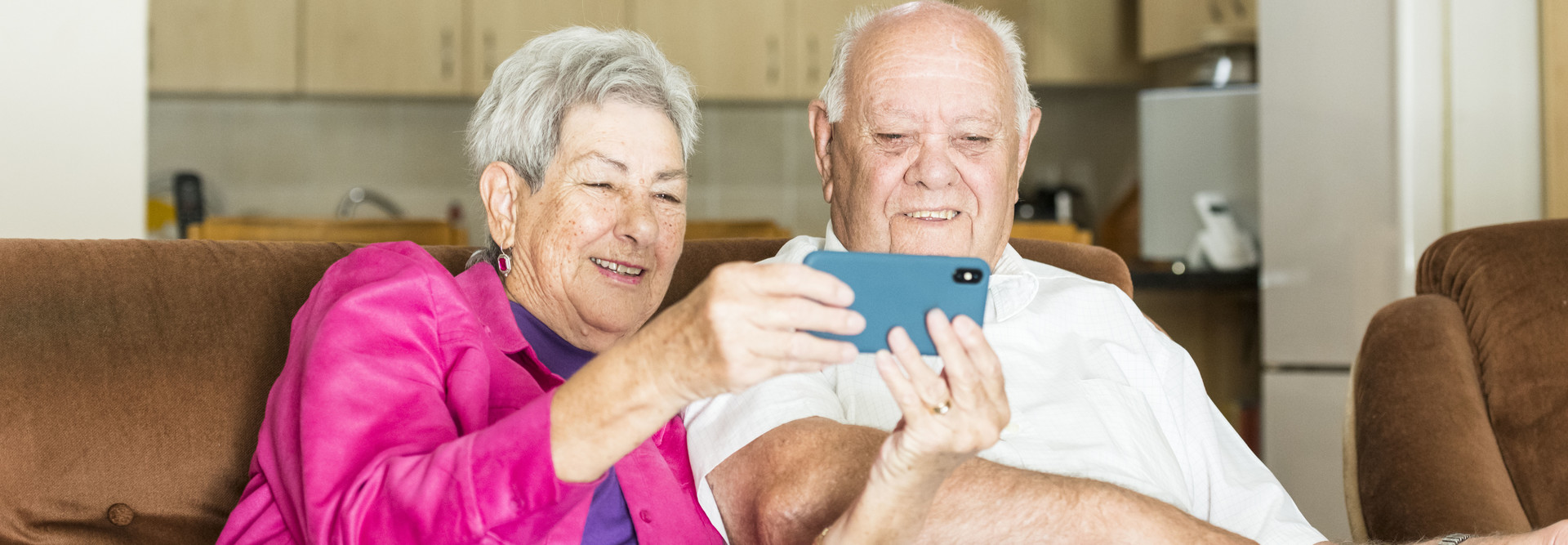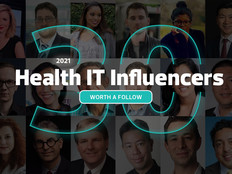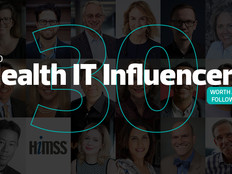There’s no question that many of today’s older adults are technologically savvy.
Smartphone ownership among seniors has nearly quadrupled since 2013, according to the Pew Research Center. Roughly one-third of adults 65 and older own tablets.
Such growth has prompted senior living communities to implement new technologies designed to combat isolation and to keep residents’ minds and bodies active. Wearables and other mobile devices are also helping facilitate timely, targeted care. Data analytics is playing an integral role too.
A modern senior living community is a robust tech ecosystem with interconnected devices aimed at improving quality of life. To support those innovations, providers must have a strong, scalable framework with powerful Wi-Fi.
As my CDW colleagues recently noted in the “The Modern IT Infrastructure Insight Report,” technology is no longer about maintaining best practices but accelerating them to add value and improve experiences. This mindset has real value in a residential care setting.
MORE FROM HEALTHTECH: Learn how providers are building networks to meet requirements today, tomorrow and beyond.
Updated Networks Help Organizations Better Prepare for Tomorrow
Most senior residences have wireless coverage, but some may struggle to accommodate a growing stable of Internet of Things-enabled products. Knowing the tools in circulation — and what older adults are likely to want and need in the years ahead — is central to network infrastructure planning.
That’s the mantra of Sun Health Communities near Phoenix, which turned to CDW for help with a major network upgrade. With 900 seniors in three locations, the company isn’t complacent about change: Its CIO anticipates a need to increase internet speeds in its residences (voice-powered smart apartments are in the works) by tenfold within the next five years.
Other notable examples of good planning that keeps seniors’ evolving tech habits front of mind are cited in a CDW white paper titled “The 21st Century Senior Living Community.” These include Watermark Retirement Communities, where computer classes are offered to help those living at the company’s 50 locations get comfortable with email, web browsing and video chat.
A modern senior living community is a robust tech ecosystem with interconnected devices aimed at improving quality of life.”
Christine Holloway
Vice President, CDW Healthcare
“This is one area where we’re taking a simple technology — Wi-Fi — and seeing what we can do with it that’s powerful for our residents,” says Watermark President and CEO David Barnes.
From keyless room entry to fitness trackers, potential abounds. So does the need for bandwidth, security measures for all endpoints and skilled IT staff to help everything run smoothly.
The report also offers tips to help senior care IT leaders keep their networks ahead of the curve: Assess your current coverage and obstacles, examine network management and authentication processes, and get a professional evaluation to ensure that intended next steps are on point. CDW’s Managed Services can assist throughout with expertise and cost-effective solutions.
READ MORE: Learn how IoT devices keep seniors safe and healthy.
Modern Workflows Are Dependent on Strong Wi-Fi
Having adequate wireless is crucial to handle a variety of IoT devices that caretakers use on a daily basis to ensure workflow efficiencies and boost safety. More than 80 percent of the largest nonprofit senior living providers employ point-of-care documentation technology, a 2018 survey by LeadingAge and Ziegler found.
Dependable networks are also crucial to help a growing field of cameras and sensors that use artificial intelligence to track instances of (and even help predict) senior falls, which cost billions of dollars annually and remain the leading cause of fatal injury for this population.
Because of its countless benefits to residents and employees, strong Wi-Fi is far more than a perk — it’s a necessity. Is your community ready?
PixelCatchers/Getty Images










